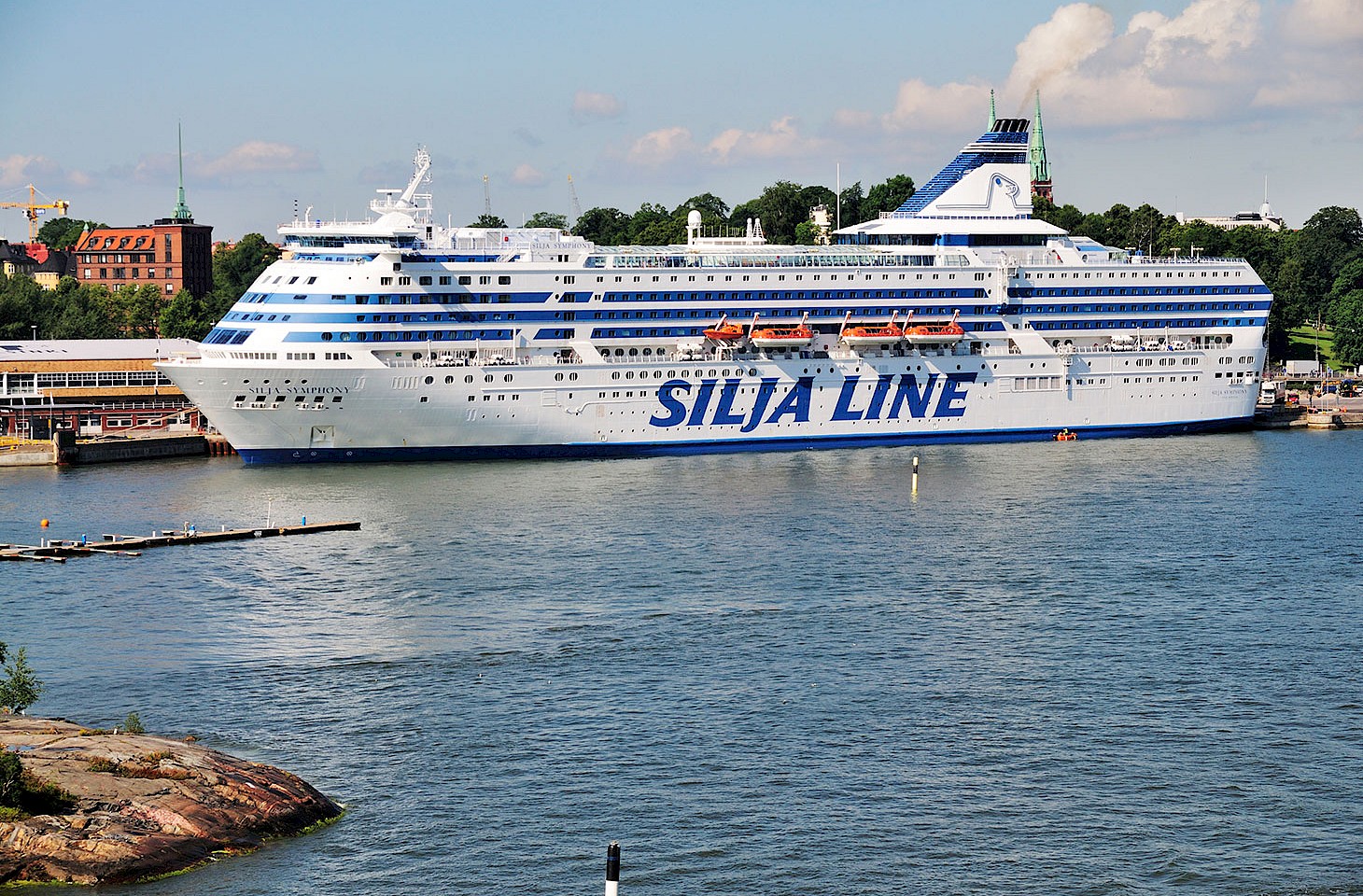Our focus in the notes on Hurtigruten on the hidden europe website is very much on the Norwegian coastal voyage. But that is just part of a wider portfolio of activities undertaken nowadays by Hurtigruten ASA, the company founded in 1912 to develop and manage the Norwegian coastal shipping route.
The company is based in Narvik, a modest-sized port city just north of the Arctic Circle. Curiously, Narvik is not actually served by vessels plying the coastal route.
Origins: Captain Richard With
The coastal sea route predates Hurtigruten as a company. In Richard With, Norway had a visionary sea captain who saw the potential of a reliable and regular inshore shipping service linking northern and southern Norway. His initial plan was for a steamship making a once-weekly return trip from Hammerfest to Trondheim.
In July 1893, Captain With launched his pioneering route, sailing from Trondheim to Hammerfest on the DS Vesterålen in just under 67 hours. That was quite a dash in those days. It was made all the more difficult by the fact that Norway’s coastal waters were still poorly charted when Richard With made his first journeys.
A sense of history
There is a lot of history in the modern Hurtigruten operation. You’ll still find a ship called the Vesterålen plying the Norwegian coastal route, though it’s a very much more sophisticated vessel than the ship used by Richard With in 1893. The pioneering mariner who created the route is honoured in another of the company’s modern vessels, the MS Richard With.
The company’s ships now sail daily from Trondheim to Hammerfest making 16 stops along the way and covering the distance slightly quicker than Captain With did when he launched the route in 1893. (With made just nine en-route stops in the early days of the route).
Nowadays, the entire route is of course very much longer, running from Bergen to Kirkenes, a journey that requires six nights on board northbound, and five nights on the ship on the run south from Kirkenes back to Bergen.
Good times and bad
Since its creation in 1912, Hurtigruten ASA has fostered the development of the service. That has not always been easy. The First World War and the Great Depression cast long shadows over the early years of the company. But by the mid-1930s, things were improving with daily services running north from Bergen. The Second World War was a disaster with Hurtigruten losing nine of its vessels.
Over the last 60 years, Hurtigruten has developed into one of Europe’s most celebrated tourist brands. A new generation of modern ships, all built between 1993 and 2003, have brought the highest standards of comfort and style to the Norwegian coastal voyage. For those who like a touch of maritime nostalgia, two legacy vessels are still used on the route. These are the MS Lofoten (1964) and the MS Vesterålen (1983).
From coastal voyages to exploration cruises
The Norwegian coastal voyage operation accounts for about 80% of Hurtigruten ASA’s revenues. The year-round operation depends in part on a subsidy from the Norwegian government under a public service contract which requires Hurtigruten ships to make daily calls at 34 ports along the Norwegian coast. The present contract was renegotiated in 2012 and runs until 2020. The commitment of the Oslo government to the Hurtigruten operation continues to be critical to the company’s fortunes.
Three years after Richard With launched his Trondheim to Hammerfest service, he pioneered a service from Hammerfest to Svalbard, running a summer route to Longyearbyen. That route no longer exists as a regular scheduled shipping service, but Svalbard remains important to Hurtigruten ASA. The company took delivery of a new expedition vessel in 2007. The MS Fram perpetuates a fine Norwegian tradition of exploring polar waters. Her regular itineraries include several circumnavigations of Svalbard each year, as well as exploration cruises to Iceland, Jan Mayen and Greenland. During the Northern Hemisphere winter, the MS Fram sails south for a programme of half a dozen cruises in and around the Antarctic Peninsula.
Hurtigruten ASA has a number of other business sectors, including a buoyant charter market. In 2014, the company sold off its bus subsidiary, which ran scheduled bus services in northern Norway. The Hurtigruten Group still runs a number of car ferry services in northern Norway.
Slow travel on the express route
Foreigners often stumble over the name Hurtigruten. It dates right back to the days of Richard With who wanted a simple name for his Trondheim to Hammerfest service. Captain With came up with ‘Hurtigruten’. It means ‘the express route’. The name has stuck, though oddly there is no sense of being in a hurry on the Norwegian coastal voyage. It is, on the contrary, one of Europe’s great slow travel adventures.
Find out more about life on board Hurtigruten ships in our Norwegian coastal voyage Q&A, read more about the Norwegian coastal voyage in our introductory note on Hurtigruten and see what awaits you at the dinner table on board.


